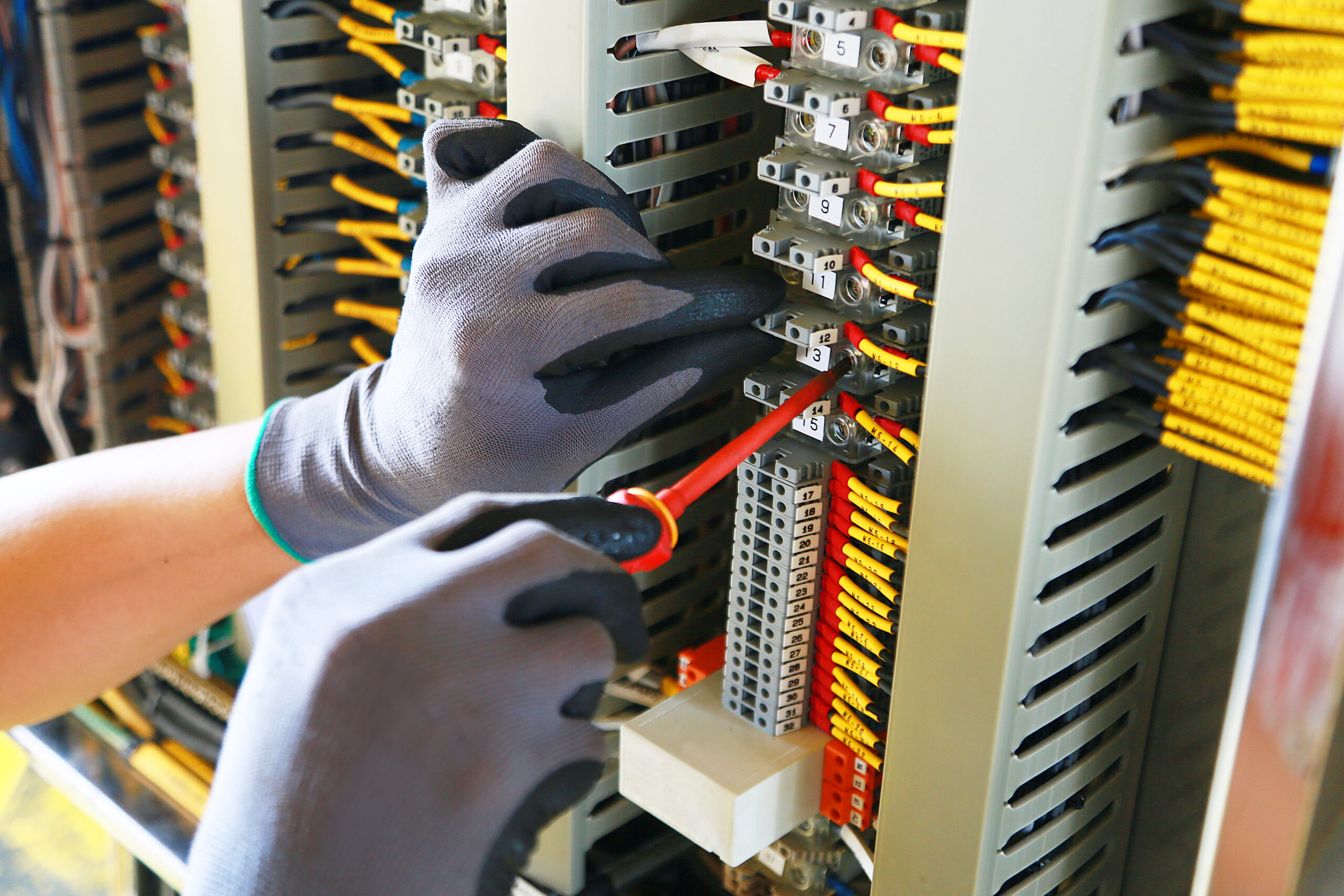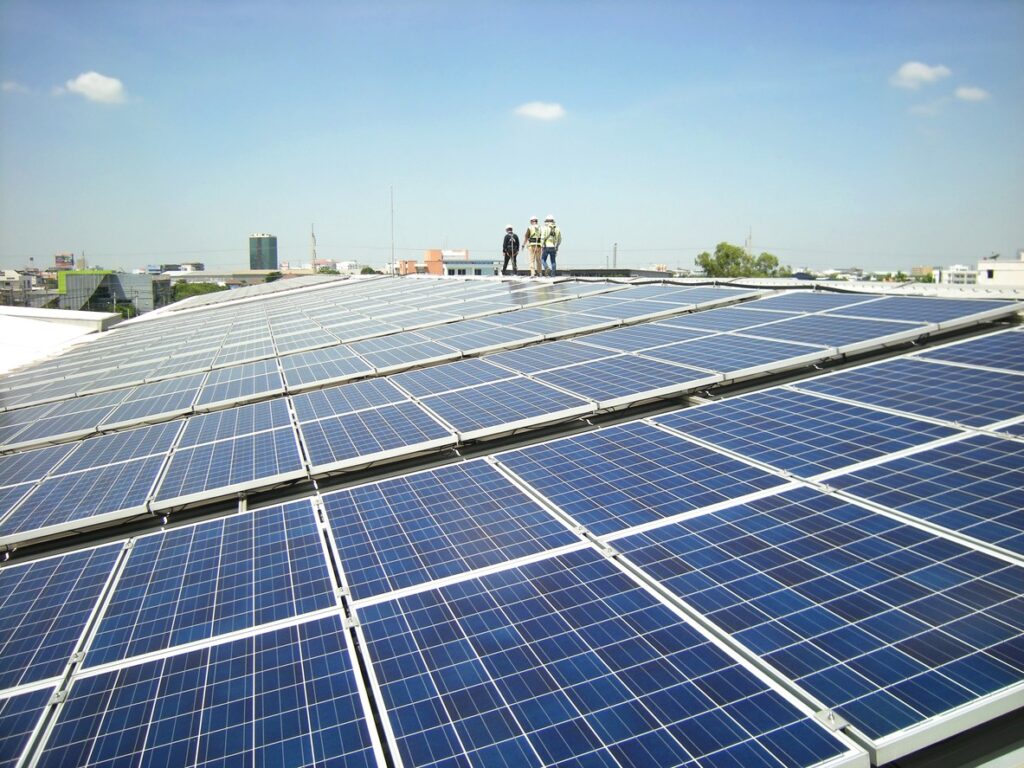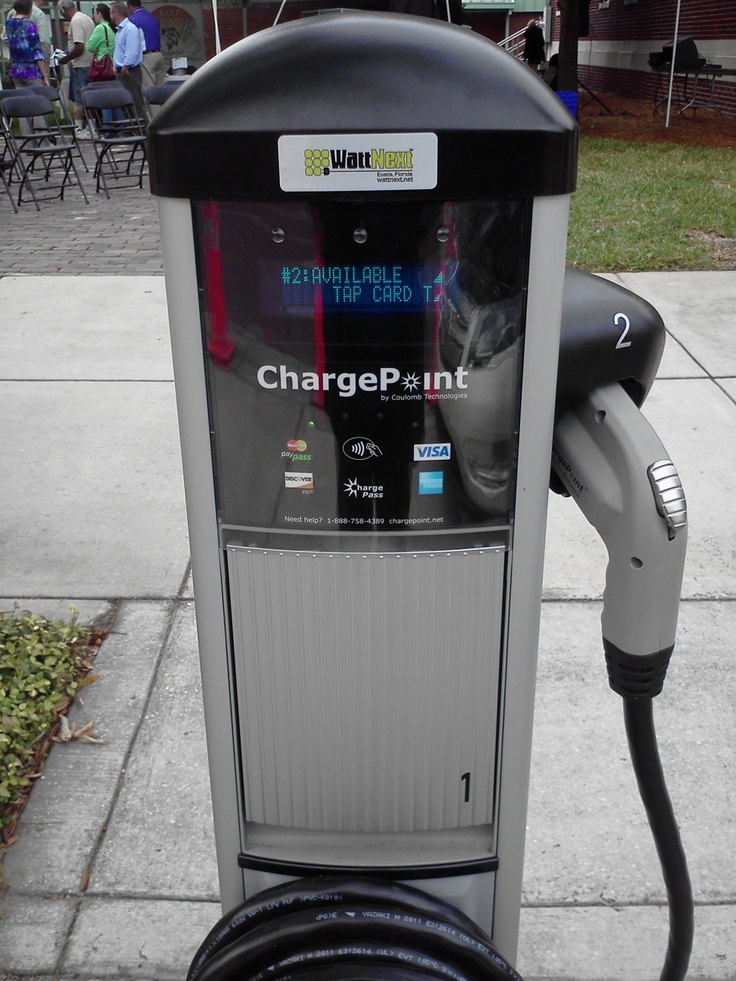What is Driving the Growing Demand for Enhanced Electrical Capacity in Residential and Commercial Buildings?
Everywhere you look the world is transitioning toward a more electrified future. This is leading to the need for all properties to have increased electrical capacity, higher amperage, and expanded utility infrastructure. This fact is driven by the seemingly widespread adoption of electric vehicles (EVs), constant advancements in technology and invention, and the perceived growing reliance on renewable energy sources. Both residential and commercial properties must eventually adapt to these changes, as energy demands continue to surge in urban and suburban zones alike.

What are the Factors Driving the Need for Increased Electrical Capacity?
Electric Vehicles (EVs), Home Charging Stations and Increased Computing Needs
The adoption of EVs is transforming energy needs for residential properties. Homeowners are installing Level 2 charging stations, which typically require 240 volts and significantly higher amperage than standard residential setups. This has led to upgrades in electrical panels, wiring, and utility connections to accommodate the increased load.
For commercial properties, especially those managing retail spaces or office parks, the demand for EV charging stations is becoming a key factor in attracting tenants and customers. Large-scale installations require robust electrical capacity and planning, as these systems can place a considerable strain on existing infrastructure.

Smart Homes and Advanced Appliances is a Driving Force
Frequently, modern residential properties are integrating smart home systems and advanced appliances that require consistent and reliable electrical output. From energy-efficient HVAC systems to automated lighting and security systems, the reliance on technology in daily living has grown exponentially – and the consuming marketplace is growing more interested in these type properties.
In commercial properties, the rise of IoT (Internet of Things) devices, advanced automation systems, and data-driven operations also require increased electrical infrastructure. Warehouses, for instance, are adopting robotics and AI-driven logistics tools that rely on uninterrupted power supply.
Renewable Energy Integration is Paramount
The evident shift toward renewable energy sources, such as solar panels and wind turbines, is changing how properties consume and store energy. Battery storage systems, which help optimize renewable energy usage, require upgrades in electrical capacity to handle both input and output loads effectively.
For competitive commercial properties, renewable energy adoption is not just an environmental choice but also a financial one. However, integrating these systems often necessitates grid tie-ins, battery storage, and advanced inverters that depend on enhanced electrical capacity.

What are some of the Challenges in Upgrading Electrical Infrastructure?
Obsolete and Aging Infrastructure in Existing Properties
Many older residential and commercial buildings were designed to handle far lower electrical loads than are now required – for obvious reasons. Upgrading these properties often involves significant investment, including replacing outdated wiring, increasing panel capacities, and obtaining permits for structural changes. Sometime the upgrades will barely make the properties competitive but are paramount to attracting new tenants.
Existing Utility Grids Have Significant Limitations
Utility companies face their own challenges in meeting the rising demand for electricity. While local grids are expanding, many neighborhoods experience limitations in the amount of power available to individual properties. This constraint can delay or complicate upgrades, particularly in densely populated areas. This situation is only getting worse by the day.
Of Course there are Cost Barriers
For property owners, the cost of upgrading electrical infrastructure can be a significant barrier. Residential upgrades, such as increasing panel capacity from 100 amps to 200 amps, can cost several thousand dollars. On the commercial side, large-scale enhancements may require substantial capital investment, often accompanied by downtime during construction. There are some government programs building owners should look at and investigate.
What are the Future Trends and Solutions?
Advancing Technology for Energy Efficiency
As electrical demand grows, so too does innovation in energy efficiency. Smart energy management systems can help properties optimize their power consumption, reducing strain on infrastructure while keeping costs manageable. Prudent property management companies should be making these recommendations to their clients.
Collaborative Utility Planning
Partnerships between property owners, developers, and utility companies are becoming essential. Collaborative planning can help ensure that future developments are equipped with sufficient capacity and that upgrades to older properties are aligned with broader infrastructure goals. Property management companies should be at the forefront of establishing these collaborative relationships.
Incentives and Funding Opportunities
Many local governments and utility companies offer incentives for upgrading electrical systems, particularly when tied to renewable energy installations or EV infrastructure. These programs can possibly help offset the financial burden for both residential and commercial property owners – and should be investigated.
What are the Broader Implications of Increased Electrical Capacity?
The rising demand for electrical capacity extends beyond convenience; it represents a fundamental shift in how energy is consumed and distributed. For residential properties, upgrading electrical systems is crucial for adapting to modern technology and lifestyles. For commercial properties, enhanced capacity is not just a necessity but also a competitive advantage in attracting tenants and meeting sustainability goals.
By embracing this transformation, property owners and managers can help future-proof their investments, support broader environmental initiatives including ESR goals, and create spaces that meet the needs of a rapidly changing world.
Property Managers Can Evaluate Your Buildings Electrical Capacity
When selecting a property manager, it’s essential to evaluate the breadth of services they offer and their ability to address critical infrastructure concerns. A capable property manager should assess your building’s current electrical capacity and its alignment with market demands. They should be prepared to provide actionable insights into potential upgrades or offer detailed proposals and cost estimates for enhancing the building’s capacity. These improvements can significantly increase the property’s competitiveness and appeal in a marketplace where energy efficiency and electrical readiness are growing priorities.

David currently is the broker/owner of several real estate related businesses which manage and maintain 300+ client properties on the San Francisco Peninsula.
Trust, transparency, and performance guarantees are the foundation of these businesses. David challenges anyone to find a PM professional that offers services similar - extensive education, customer service, and performance guarantees.
David also provides consulting for his clients on property development feasibility, construction, and complex real estate transactions.
David has authored a published law review article, three real estate books, and over 150+ real estate blog articles.
- “Wildfires, Insurance & Mortgages: Will Your Home Survive the Financial Aftermath?” - March 3, 2025
- What’s Driving California’s Commercial Real Estate Shakeup? - February 27, 2025
- Critical Issues in Triple Net Leases Investors Should Know - February 14, 2025

